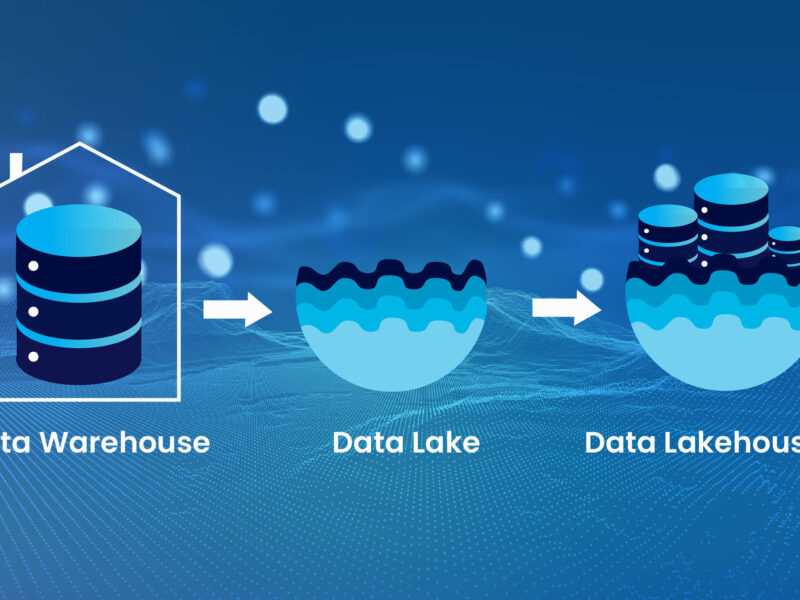Launching Facebook ads is like setting sail on a vast ocean of potential customers. Steering your ad campaign toward success requires not only a well-crafted message but also the ability to read the winds — or in digital marketing parlance, metrics. Understanding what to measure in a white label facebook ads campaign can immensely inform future strategies and drive superior ROI.
Clicks and Click-Through Rate (CTR)
At the heart of any online ad success are clicks — those telltale signs that your ad is at least catching the eye and potentially the interest of your audience. While clicks are a raw number, CTR normalizes that figure as a percentage, dividing the number of clicks by the number of impressions. This metric gives you a clear understanding of how many people find your ad compelling enough to take the next step and click through to your website.
A strong CTR is desirable, as it is a testament to the relevance and persuasiveness of your ads. However, it’s important to keep in mind that while a high CTR is a positive indicator, it doesn’t give you the full story. An ad might have a high CTR and low conversions, which might indicate a mismatch between ad messaging and landing page content.
Conversion Rate (CVR) and Return on Ad Spend (ROAS)
An ad campaign’s ultimate success is often measured by its ability to convert viewers into customers. Conversion rate takes the number of people who completed the desired action — whether that’s making a purchase, signing up for a newsletter, or downloading an eBook — divided by the total number of ad clicks.
CVR is a critical metric in determining the effectiveness of your creative, targeting, and landing page, and it directly impacts your ROAS, which calculates the revenue you’ve generated for every dollar spent on the ad. A ROAS greater than 1 indicates a profitable campaign, but aiming for a higher ROAS means your campaign is effectively generating more revenue than it’s costing you to run it.
Evaluating both CVR and ROAS in harmony can help you identify areas for improvement and optimization within your Facebook ad strategy. For example, a high CVR that doesn’t translate into a significant ROAS might suggest your product pricing or user retention strategies need reevaluation.
Cost-Per-Click (CPC) and Cost-Per-Acquisition (CPA)
Cost efficiency is paramount in social media advertising. CPC measures how much, on average, each click on your ad costs you. A lower CPC can contribute to a higher return on investment by ensuring that you pay less for each interaction with your ad.
CPA, on the other hand, measures the average cost for a prospect to take the desired action, which could be anything from registering for a webinar to purchasing a product. Lowering your CPA means you’re spending less to acquire new customers, making your Facebook ad campaign more financially efficient.
Tracking CPC and CPA is crucial for optimizing your Facebook ad campaign spend. If your CPC is high, it could indicate that your target audience or ad quality needs refining. Meanwhile, a high CPA might signal that your conversion funnel needs streamlining to make the path to conversion easier for your audience.
Engagement and Frequency
While the success of Facebook ads should eventually be measured by tangible conversions, engagement metrics are also vital. High engagement — through likes, shares, comments, or post saves — indicates that your content resonates with your audience and can potentially contribute to increased brand awareness and affinity.
Monitoring frequency, or how often the same person sees your ad, is equally important. A frequency that’s too high may lead to ad fatigue, while a frequency that’s too low might mean a lower likelihood of conversions due to infrequent exposure. Balancing these metrics ensures that your campaigns are sustainable and effective over time.
The Importance of A/B Testing
Individual metrics can tell you a lot, but what makes A/B testing invaluable is its ability to contextualize these metrics. By running simultaneous ad sets with slightly different creative, copy, or targeting, marketers can pinpoint what specific elements of an ad make it successful. This iterative approach to advertising is the most effective way to use metrics to your advantage, fine-tuning your approach for the best results.
In conclusion, white label Facebook ads offer an effective means to reach a vast audience, but success lies in the details. By meticulously tracking the right metrics and using them to inform your strategy, you can optimize your ad campaigns for the best possible outcomes. Remember, every click, conversion, and engagement tells a story — it’s up to you to read it and write the next chapter of your ad campaign’s success.


